“I have an intense dislike for losing money.” – Philip Fisher
If you feel the same; Philip Fisher’s ‘Common stocks & Uncommon profits’ is definitely going to make an interesting read.
The book is surely to get investors’ attention not only because of its intriguing name but also a strong endorsement by Warren Buffett on the cover of the book which tempts us to follow what Fisher has to say. The quote reads as:-‘I am an eager reader of whatever Phil has to say, and I recommend him to you’. After all, Warren Buffett does openly claim his investment strategy to be ‘85% Graham and 15% Fisher’.
Fisher, is a pioneer in the field of growth investing and ‘Common stocks and uncommon profits’ can undoubtedly be referred to as ‘bible’ on the same. Still, the question remains as to ‘what is growth investing all about? Well, Growth investing is investment in a company whose earnings are expected to grow at an above-average rate compared to its industry or the overall market.
Fisher states that the best returns in the market come from finding the great companies and holding them till they have the potential to outperform the market. These companies are available year after year at attractive prices; in other words, it is not necessary to buy these companies during market downturns.
Fisher’s scuttlebutt technique:
‘The stock market is filled with individuals who know the price of everything, but the value of nothing’.
However, the Scuttlebutt technique helps you to estimate the real value of any stock. The investor’s goal is to find incredible companies that will generate outstanding returns. Fisher describes two approaches for achieving this goal:
- the investor may hire someone to investigate potential companies, or
- he may follow what Fisher calls ‘Scuttlebutt’.
The ‘Scuttlebutt’ method takes advantage of the ‘business grapevine’, where, it is recommended for investors to speak to competitors, suppliers, customers, researchers, trade associations, employees and former employees. One should look beyond the numbers to gain a better understanding of the nature of a business.
Checklist to select a gem:
Fisher designed a very effective checklist of 15 points, which are quantitative as well as qualitative, to aid investors in analysing a company. Quantitative points include examination of whether the company has consistent above-average sales, its cost analysis, accounting controls and profit margins. However, a majority of the points in checklist are qualitative which include company’s moat, in comparison to its peers, how effective is the company’s R&D, its management, its future strategy and overall depth and integrity of the management.
Strategy to be adopted:
“The more things change, the more they remain the same”.
The philosophy behind Fisher’s quote is that the more we churn our investment portfolio; more is the probability of our fortune not changing substantially. Fisher’s strategy was simple; invest in a small portfolio of companies which will continue to grow revenue and profit over the years. Using his investment methods, if a company is selected correctly, one may never have to sell the company, and, at the same time, one can make large gains on it.
One’s investment strategy should be tailored to one’s individual financial situation. The investor needs to decide which type of growth stock should be bought. There in, comes Fisher’s categorisation of growth companies. There are companies which are large and are expected to grow, and then there are others which are yet to be discovered by the institutional investors. It’s the latter, which have the most potential for excellent returns; however any one of them can turn out to be a dud and cost the investor his entire investment, at the same time.
When to buy stocks?
Investors should not time their purchases based on the economic outlook. Instead, investors need to tailor their timing to oppose market sentiments of the individual securities under consideration. It is preferable to buy stocks in downturns or faced with temporary problems in businesses. Generally, initial stock purchases should be given a three-year time before considering a change to one’s investment position. If the conviction to purchase that stock for such duration is not present, then the investment opportunity should best be ignored.
When to sell stocks?
Investors should sell stock when following three reasons are present:
- If the stock selection has been a mistake.
- The company no longer exhibits the factors which made it a strong buy in the first place.
- The final reason, being, presence of a better opportunity to invest.
Expectation of dividends:
Dividends were not important to Fisher – he was much more focused on how retained earnings are being invested to achieve earnings growth.
Things to avoid:
Fisher also provided readers with a ‘do not do list’. A few of the points being do not over-diversify, do not buy un-established companies, quibble over the ask price and follow the crowd.
Conclusion:
The book provides a simple yet robust framework for forming one’s own investment strategy and exposes many myths held by small investors, generally. It emphasizes that investors should think of themselves as part owners of a business, and not a buyer of lottery tickets.
Equity investment is an art as well as a science. The selection of an underlying stock is an art and selecting the right strategy to participate is a science. If one thinks that by crunching numbers, he can know about the characteristics and prospects of a business; this book will bring them closer to the hard reality.
The book concludes with the advice to investors to ‘ignore what market thinks is important’ and to ‘avoid herd mentality’. Finally, Fisher aptly quotes “All the correct reasoning in the world is of no benefit in stock investment unless it is turned into specific action.” So take an action now and read Fisher’s commonly known book to reap uncommon profits!
If you liked what you read and would like to put it in to practice Register at MoneyWorks4me.com. You will get amazing FREE features that will enable you to invest in Stocks and Mutual Funds the right way.
Need help on Investing? And more….Puchho Befikar
Kyunki yeh paise ka mamala hai
Start Chat | Request a Callback | Call 020 6725 8333 | WhatsApp 8055769463





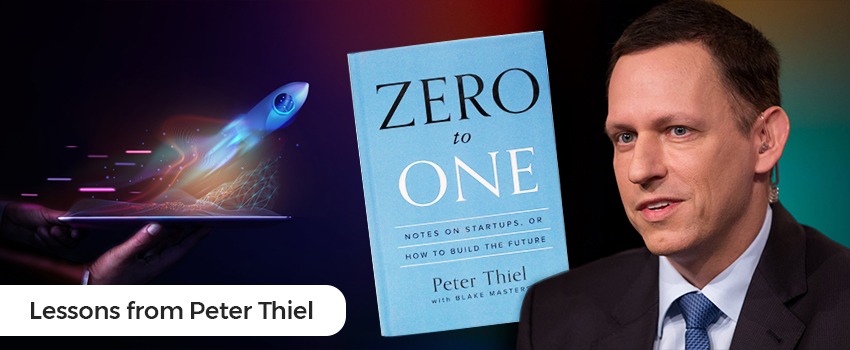
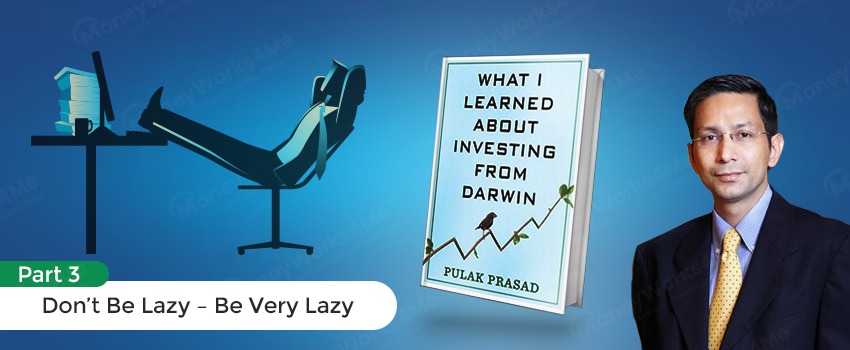
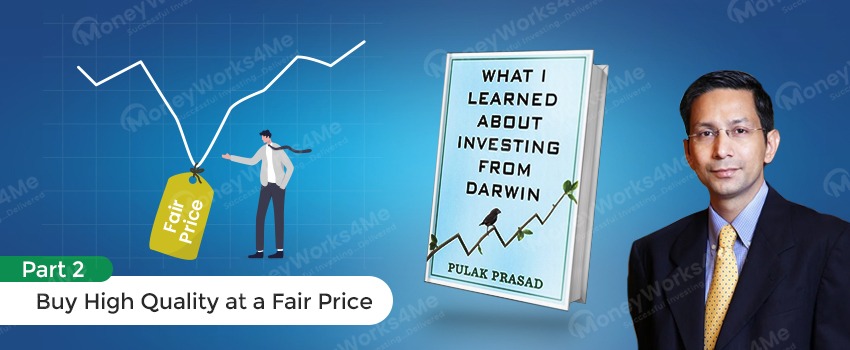
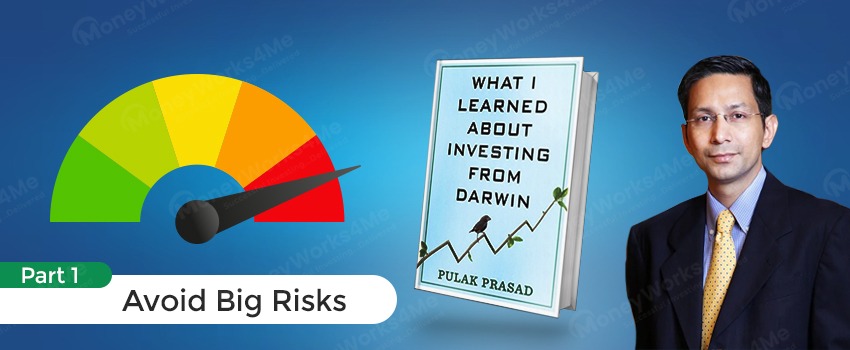
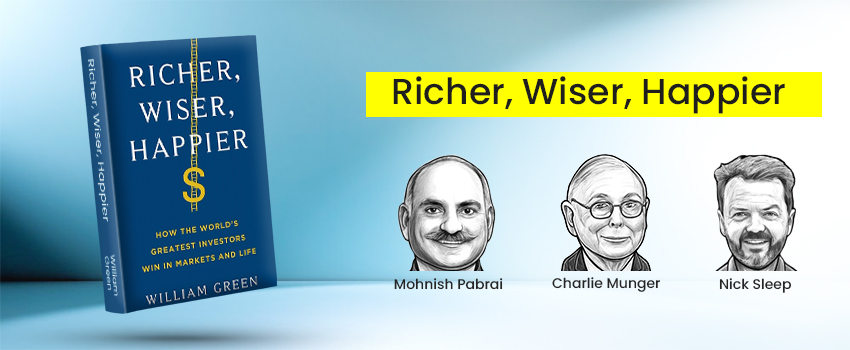

Articles about investment strategies adopted by well known investors and introducing the subscribers to their books is a great service to those learn and apply few of the techniques in to the investment. A great service. Please continue.
@Ramani Thanks for the comment. We appreciate your feedback. Do keep visiting and share your thoughts!
Yea. I think along with Graham he was the greatest investment guru. The first three chapters of Fisher’s book are must read for any Investor and analyst. Esp the 16 Questions he suggest every investor should ask before making investments and his scuttlebutt technique.